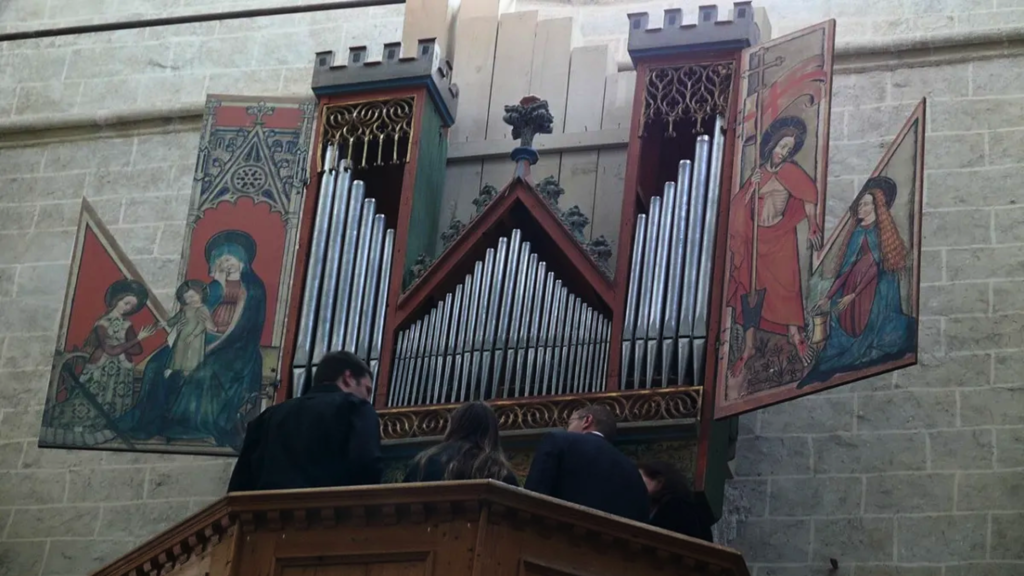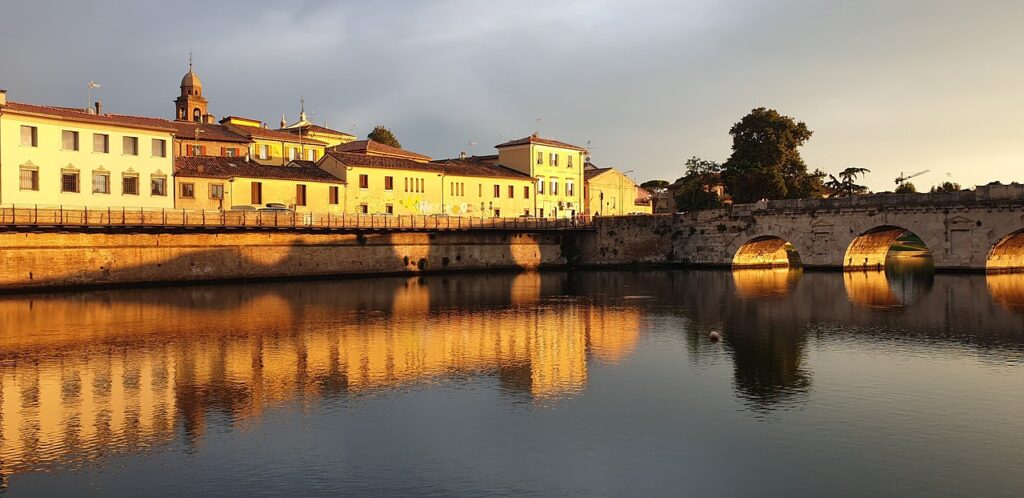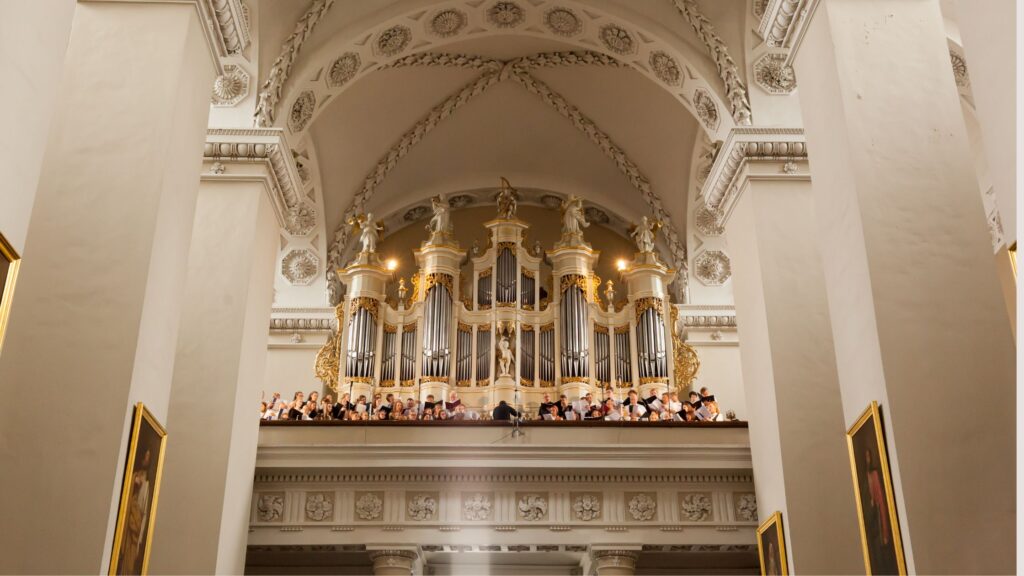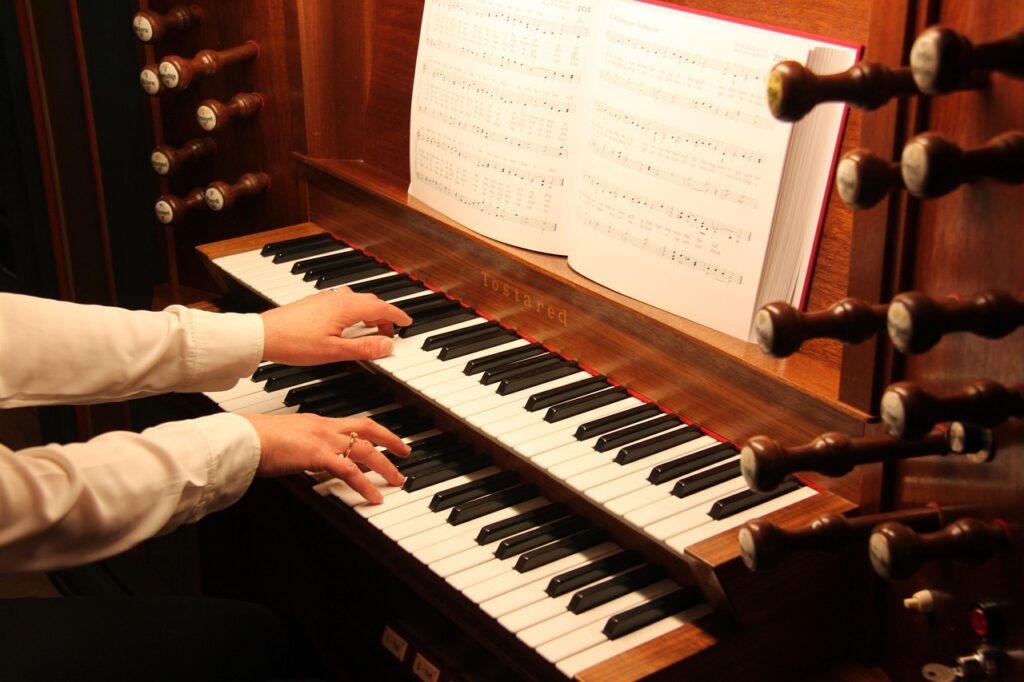
The World’s Oldest Playable Church Organ
- By Josh Dove
Church organs have enriched worship services for centuries, filling sacred spaces with powerful and inspiring music. However, few people realize that the oldest playable church organ still in use today dates back to the 15th century. Nestled in the picturesque town of Sion, Switzerland, the organ at Valère Basilica holds the distinction of being the world’s oldest playable church organ.
The Historic Valère Basilica Organ
A Medieval Masterpiece
Valère Basilica, located atop a hill overlooking Sion, houses a unique instrument with a history reaching back to roughly 1435. Expert preservationists have thoroughly maintained and restored this historic organ, ensuring that it keeps its original tonal qualities while incorporating minimal modifications to make it working properly.
The organ’s pipes, keyboard, and wind system largely remain as they were in the Middle Ages, making it a true relic of early organ craftsmanship. Unlike modern organs with electronic components and expanded tonal ranges, the Valère organ retains a raw, authentic medieval sound that transports listeners back in time.
Authentic Medieval Craftsmanship
Unlike modern organs with electronic components and expanded tonal ranges, the Valère organ preserves its medieval authenticity. Its pipes, keyboard, and wind system remain largely unchanged from their original construction, offering listeners a rare glimpse into early organ craftsmanship. Its raw, historic sound transports audiences back in time, making it a true relic of musical history.
Restoration and Preservation Efforts
Expert organ builders and restorers have worked tirelessly over the centuries to maintain the Valère Basilica organ’s playability. Unlike many historic instruments that fall into disrepair, this organ has benefited from meticulous restoration efforts. The most recent projects have focused on preserving its original components while ensuring it remains functional for religious services and performances.
Other Ancient Organs Around the World
St. Andreas Church, Germany
While the Valère Basilica organ holds the title of the oldest playable church organ, other historic instruments also bear great significance. The organ of St. Andreas Church in Ostönnen, Germany, dates back to around 1425. With its original pipes still intact, this organ has undergone careful restoration to preserve its medieval sound. It continues to play an essential role in church services and concerts, showcasing early European organ craftsmanship.
Basilica of San Petronio, Italy
Another remarkable old organ can be found in the Basilica of San Petronio in Bologna, Italy. Built in 1475 by Lorenzo da Prato, it is one of Italy’s earliest playable organs. Expert conservation measures have preserved its life, attracting musicians and historians looking to hear its ageless sound.
A Unique Sound Experience
Hearing the Valère Basilica organ in action offers a rare opportunity to experience a medieval instrument in its original form. Its bright, resonant tones reflect the craftsmanship of the 15th century, setting it apart from modern organs. Visitors to the basilica can witness this unique sound during special concerts and religious services.
Why the Valère Basilica Organ Matters
The Valère Basilica organ is more than just an ancient instrument—it is a bridge between past and present, a tribute to centuries of organ building and sacred music. For musicians, historians, and organ enthusiasts, this remarkable organ serves as a source of inspiration and admiration.
If you’re ever in Switzerland, a visit to Sion and the Valère Basilica offers a once-in-a-lifetime opportunity to hear the world’s oldest playable church organ in person!
Related Posts

Mondaino: Our Home

History of Church Organs

